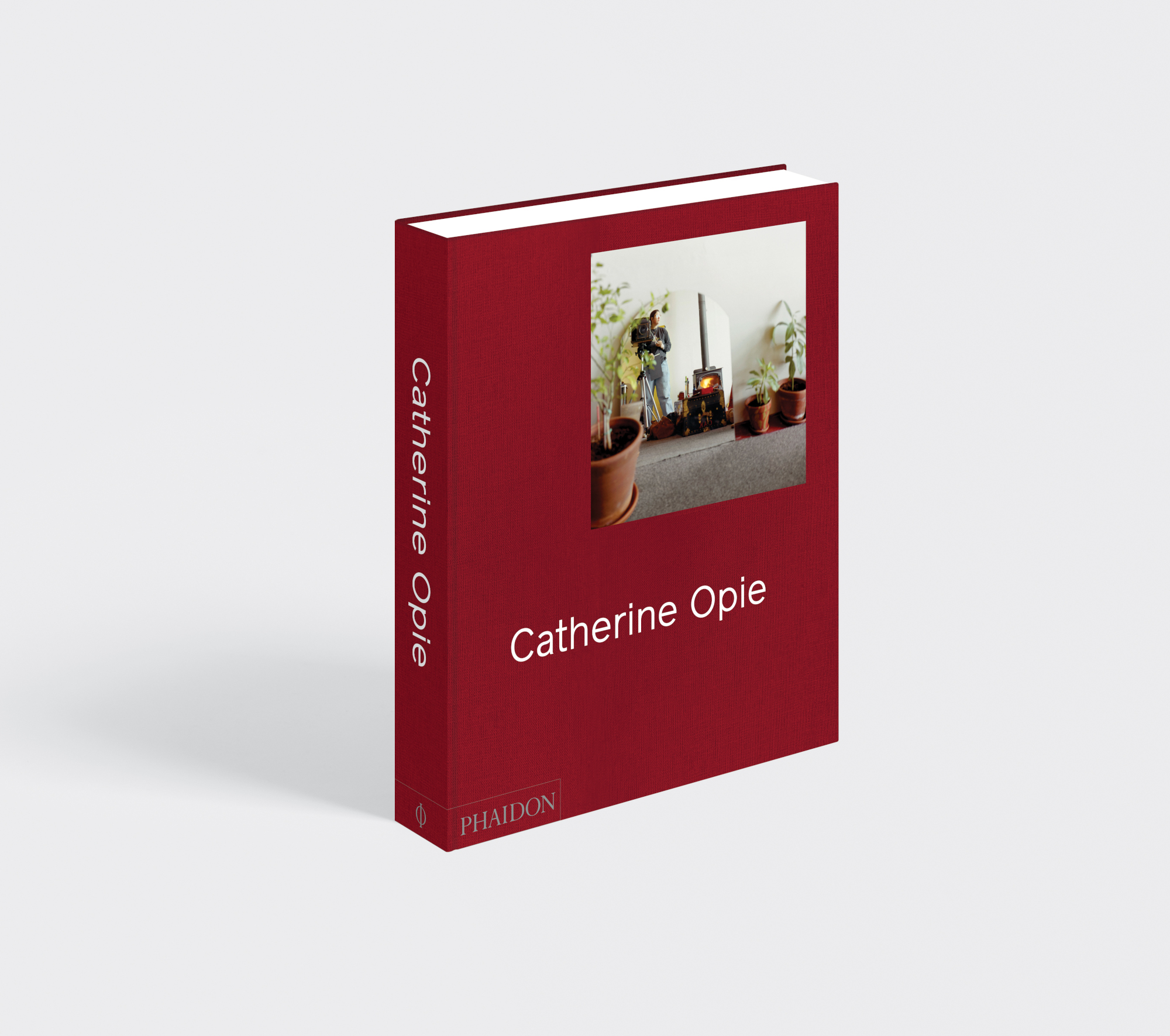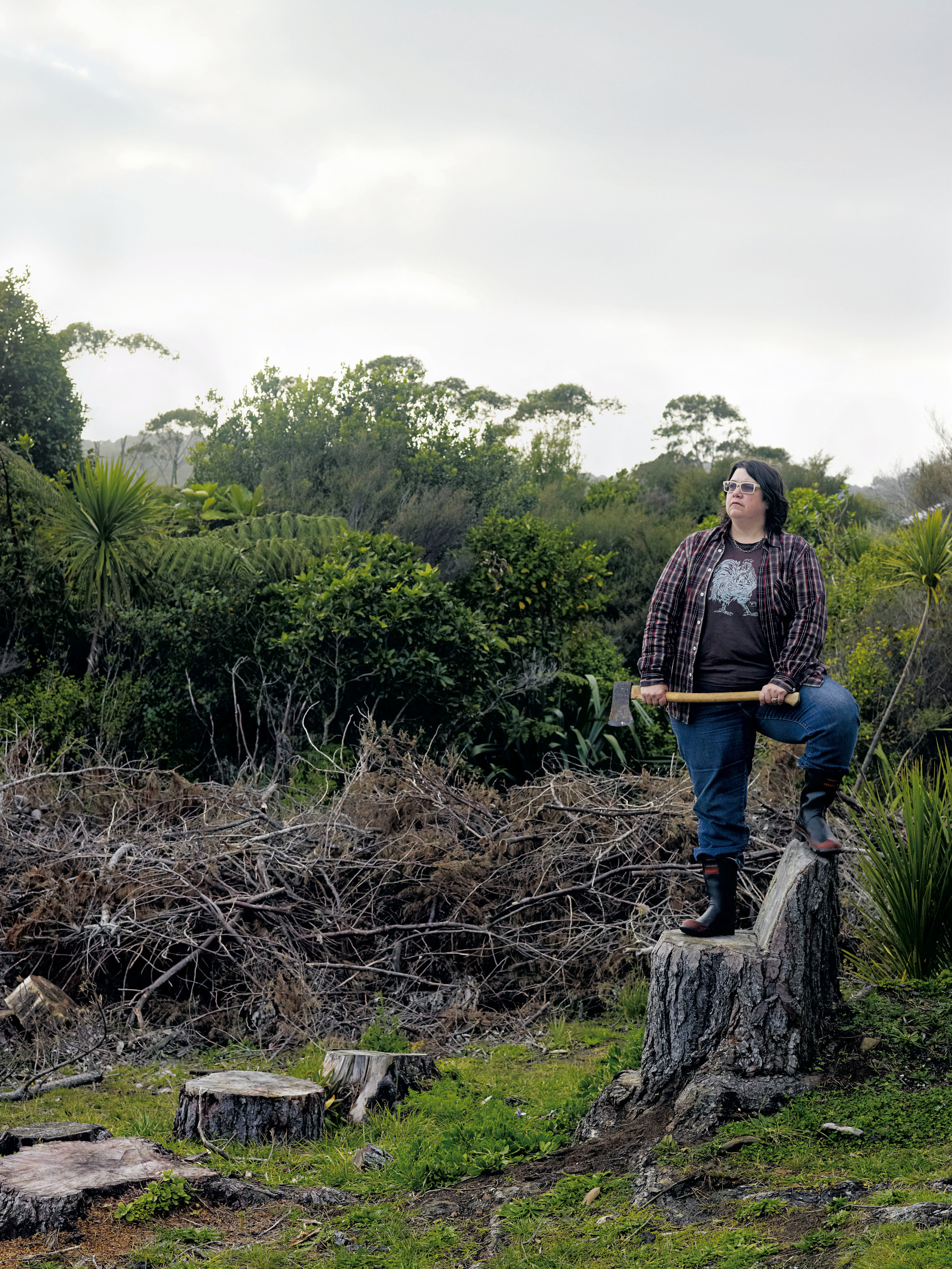
Catherine Opie on surfers, sexuality and caring for one another
In a recent Cornell lecture, the fine art photographer picked out the key themes in her hugely varied body of work
From 1995 until 1998 Catherine Opie shot a series of photographs called Domestic. These depicted the occupants of lesbian households throughout the United States. While she was shooting these group portraits, she also began to work up a side project of still life images, also taken inside these homes.
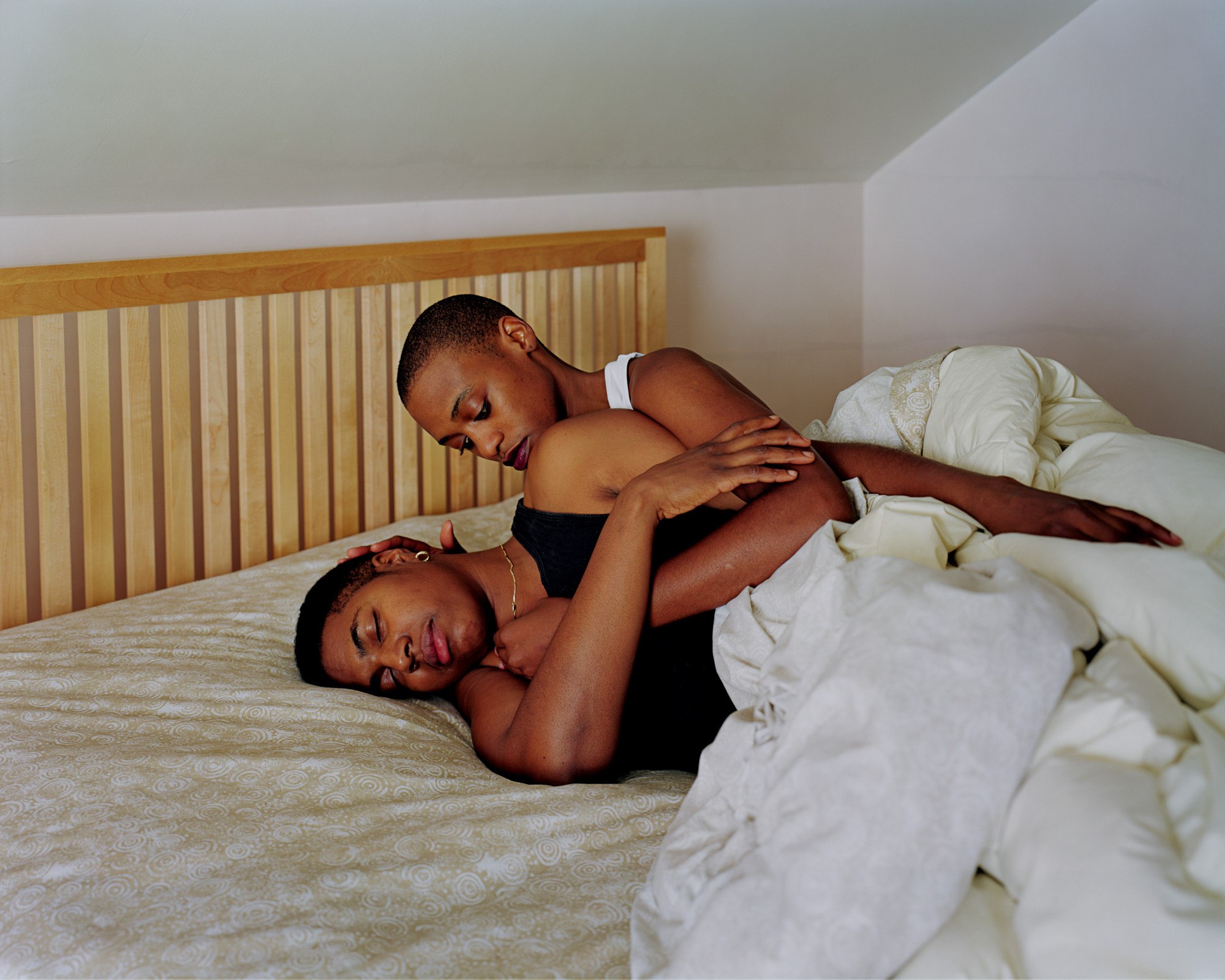
The fine art photographer would show a few of these still lifes during her talks; one was taken in a laundry room. Opie would, half-jokingly, describe the subject of the image to her audience as “a lesbian washer and dryer.”
Most of the time this description would simply elicit a few laughs. However, during one lecture engagement it also led to a question. An audience member asked Opie, “what is a lesbian washer and dryer?” The photographer answered, quite simply, that, “it’s just like your washer and dryer.”
You couldn’t hear the laughter when Opie relayed this story during the inaugural John A. Cooper Visiting Artist Lecture Series for the College of Architecture, Art, & Planning at Cornell University; the lecture was conducted via video conference, and the audience was muted. Nevertheless, the story demonstrates how Opie, with insight and tact, has photographed distinct groups in America, not to set them apart, but to demonstrate how the country is made up of a patchwork of all human groups.
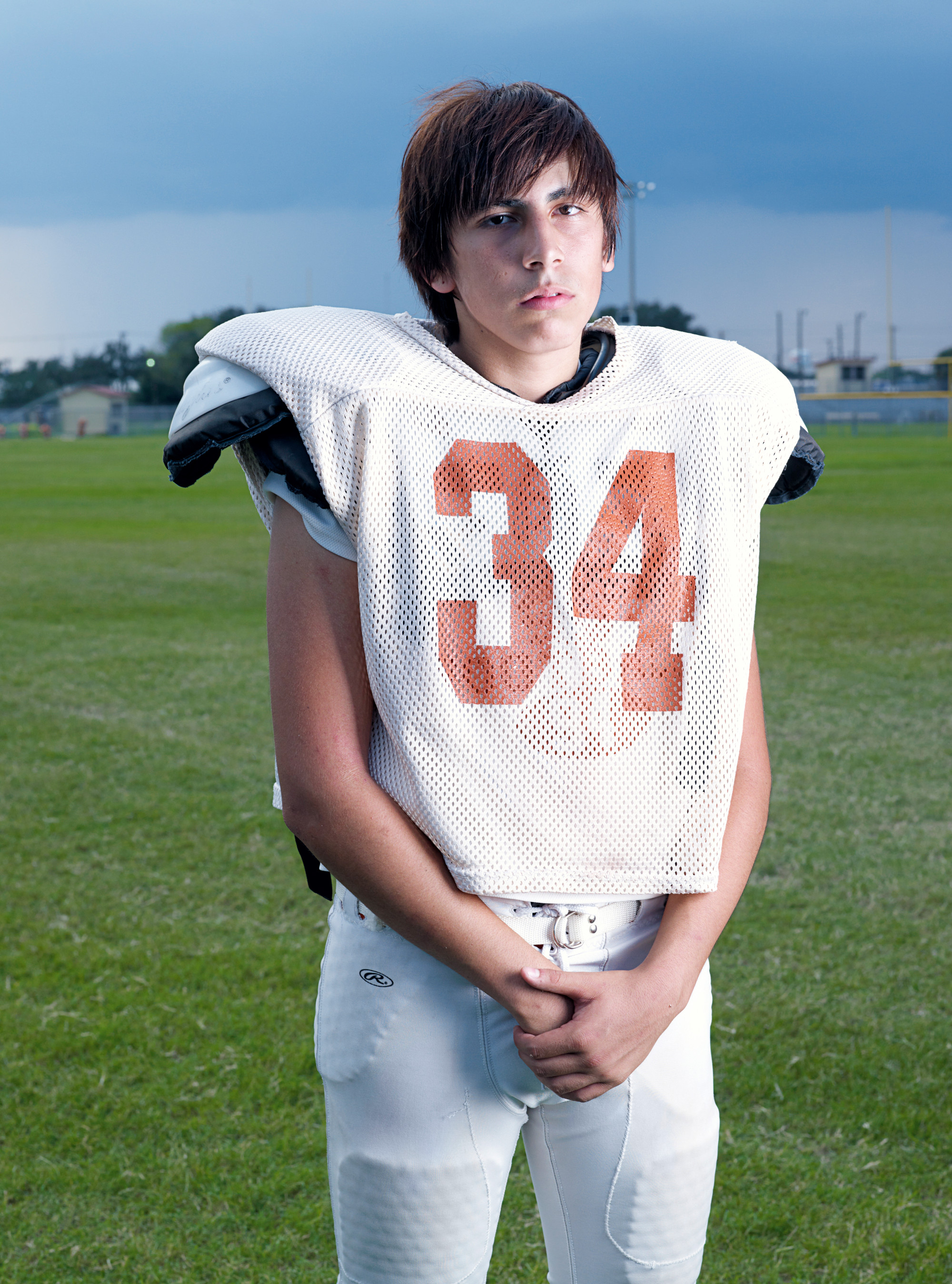
The lecture was partly prompted by her new Phaidon book. In the one hour 39 minute address, Opie offered a succinct, lucid overview of her highly varied bodies of work, describing how each, though very different, grew to address similar questions that the artist has been grappling with over her long and fruitful career.
Opie shared an early childhood photograph of herself, looking, as she puts it “basically a bit baby butch.” She described her own early forays into photography, building her own darkroom aged 14; Opie believes that true artists tend to start young, “there are very few artists I know who weren’t obsessed with doing it as a child,” she says.
She described seminal works, such as Dyke, a bold portrait of her friend whose neck tattoo inspired the work’s title. Opie explained how the image’s sumptuous wallpaper background was an homage to grand galleries and museums of Europe, elevating this outsider-style image to a near aristocratic status.
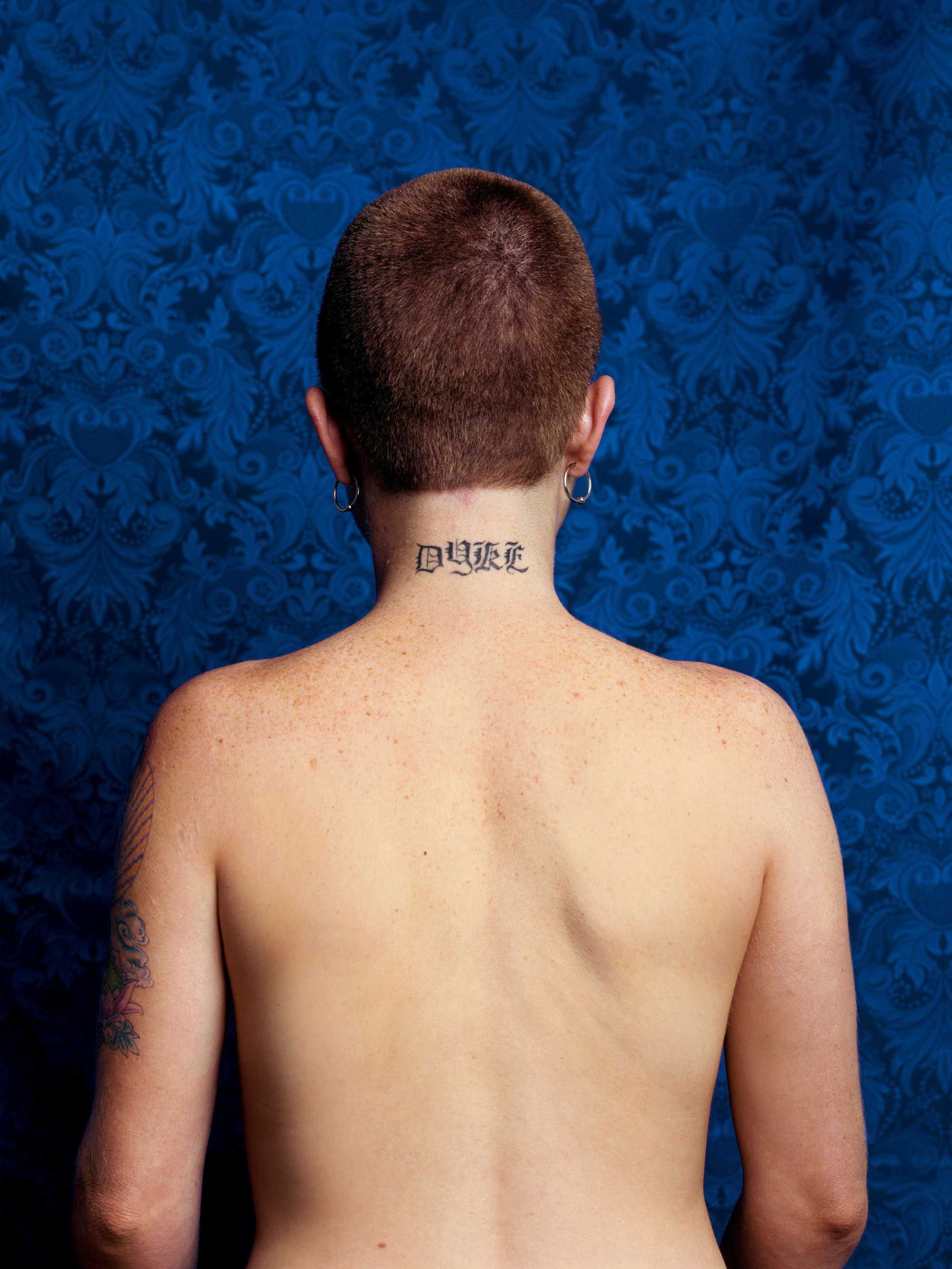
The artist also ran through her early portraits of herself and her lesbian friends, wearing false beards and mustaches, and compared these with her later high school football photographs. The male athletes might be regarded as the acme of masculinity, but in Opie’s pictures they seem strangely delicate. “I love the vulnerability,” she says. “My friends with mustaches were almost more masculine.”
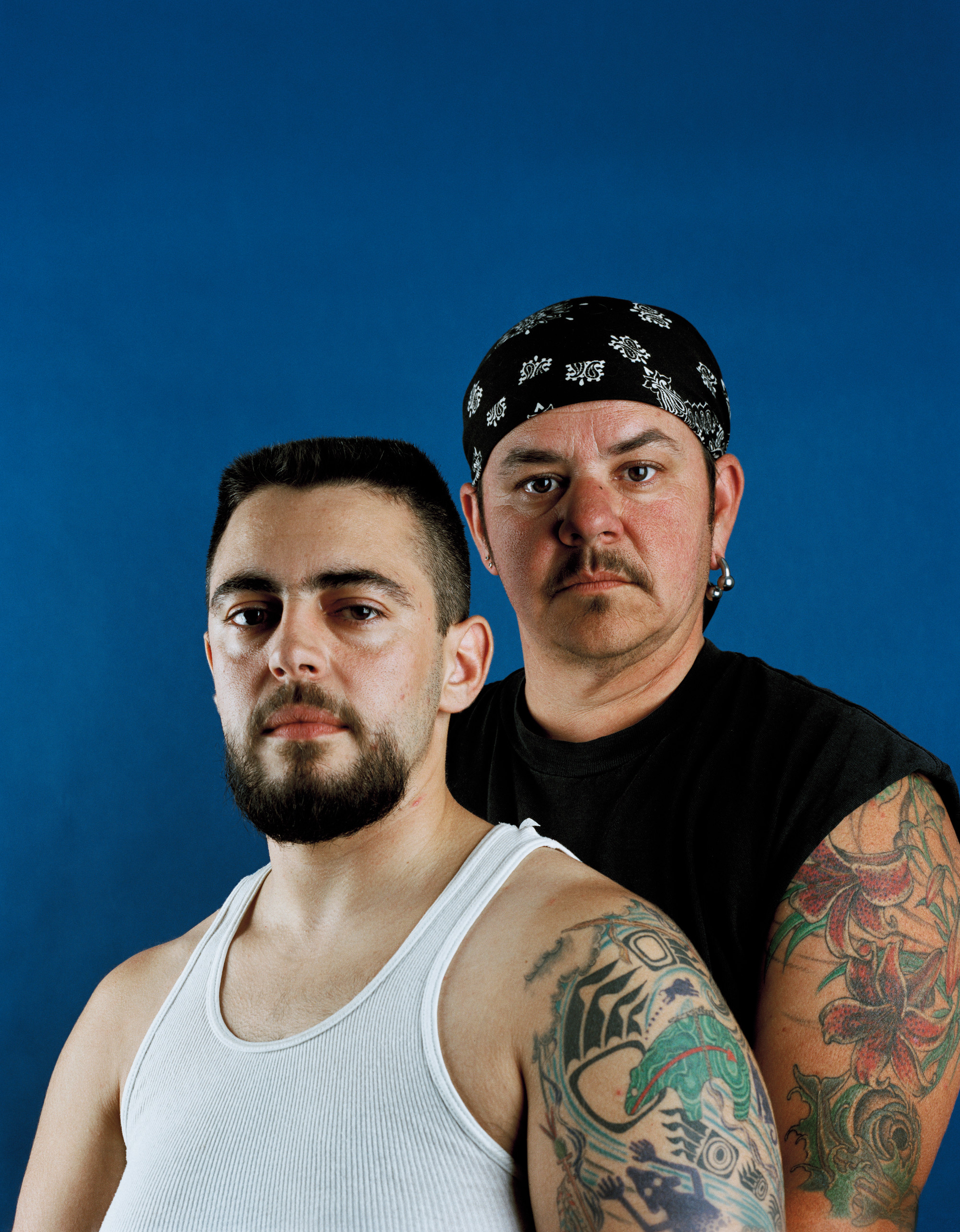
Her series on surfers are equally unconventional; the landscape shots don’t show them individually riding waves, as we’re perhaps used to, but instead as a group sitting on their boards in the sea, waiting for the right wave to roll in.
“We think of surfers as ripping a wave really well, but if you go along the Pacific Coast Highway, this is what you’ll often see,” she said. “Surfers are also a temporary community. They exist at just this time, in the water.”
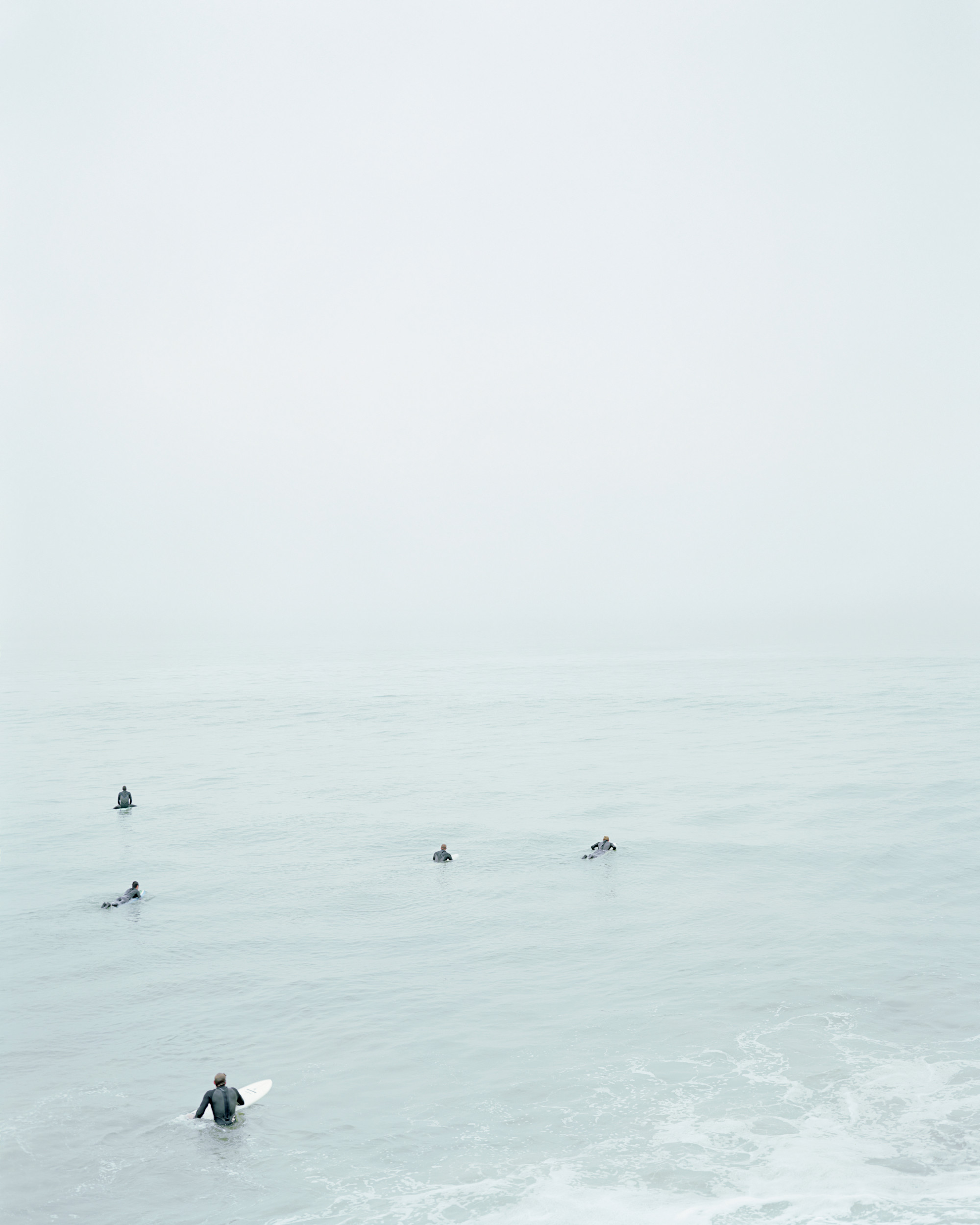
Finding a place within the American landscape was something Opie herself struggled with as a child, moving from Sandusky, Ohio to California while still at school. She recalled being beside Lake Erie, “to all of a sudden being what I felt like was the middle of a John Wayne landscape,” she said. “I think that we forget how large this country is and how that specificity of place changes in relationship to the way that we look at it.”
There are lots of great, smaller anecdotes in the lecture; Opie explains that she shared an accountant with Elizabeth Taylor, enabling the photographer to shoot the interior of Taylor’s LA home in Opie’s series, 700 Nimes Road.
The artist also shared a little of her recent animation work, her thoughts on visiting Rome in May for the first time, and her reasoning behind shooting all manner of political rallies, from the Women’s March to Tea Party gatherings. “I was really interested in kind of juxtaposing all the different factions in relationship to the hard kind of aspect of democracy within this country,” she explained.
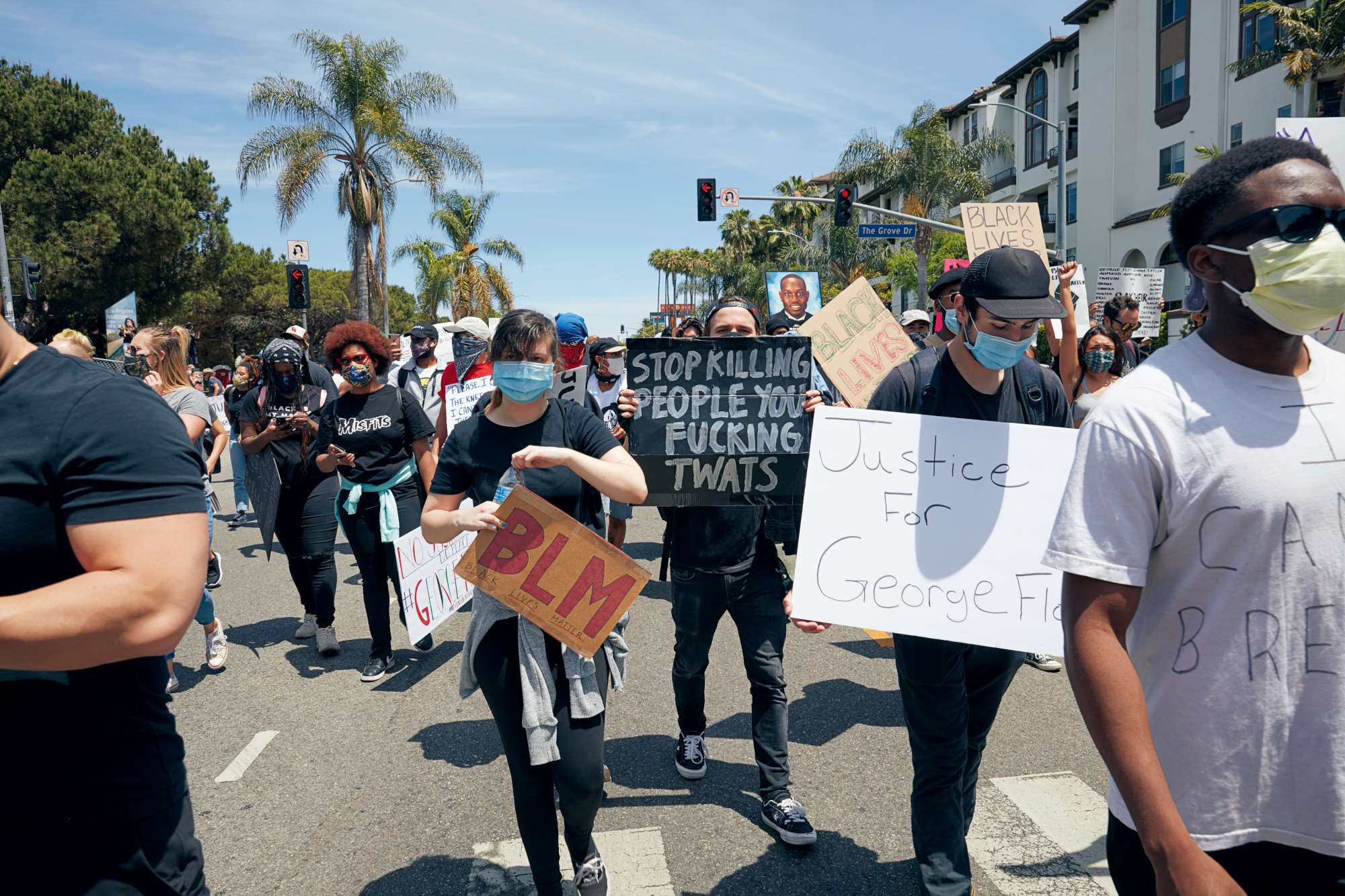
Rallies and self portraits, surfers and dykes make up a pretty diverse range of subjects, but Opie can see how, as she has moved from one to the next, she’s slowly grown to address a set of concerns. “If I want one critic to say anything it's about me believing in the greater idea of humanity,” she said. “We all are here you know to do one thing, hopefully: care for one another.”
To better understand how these diverse images fit into that greater idea, order a copy of our Catherine Opie book here.
